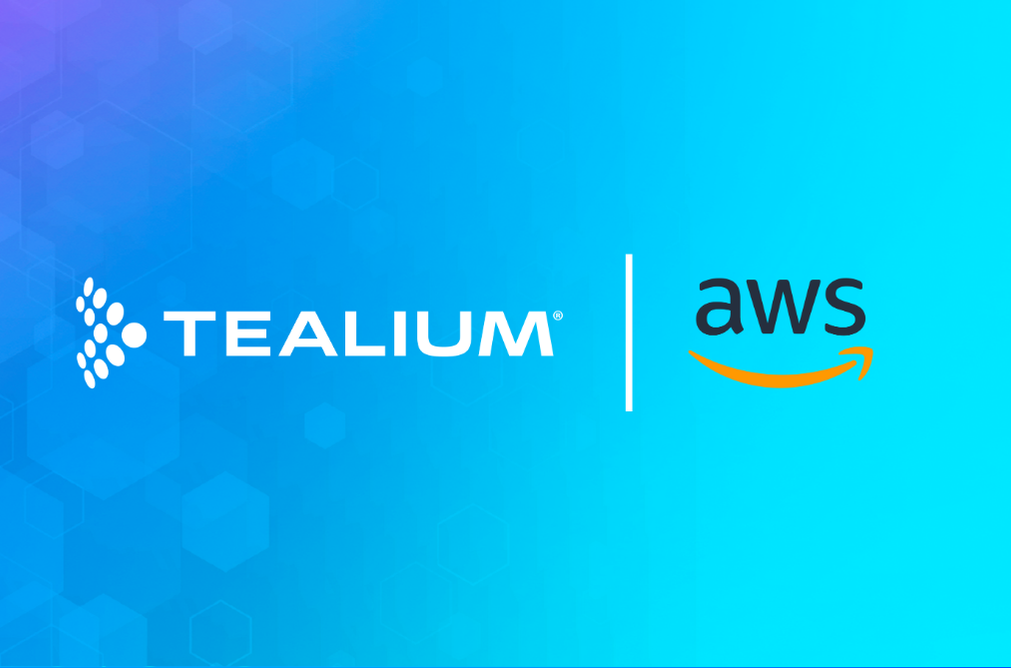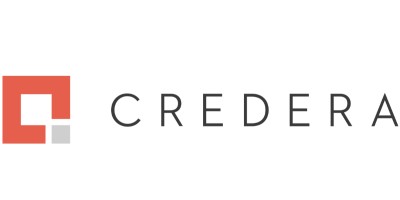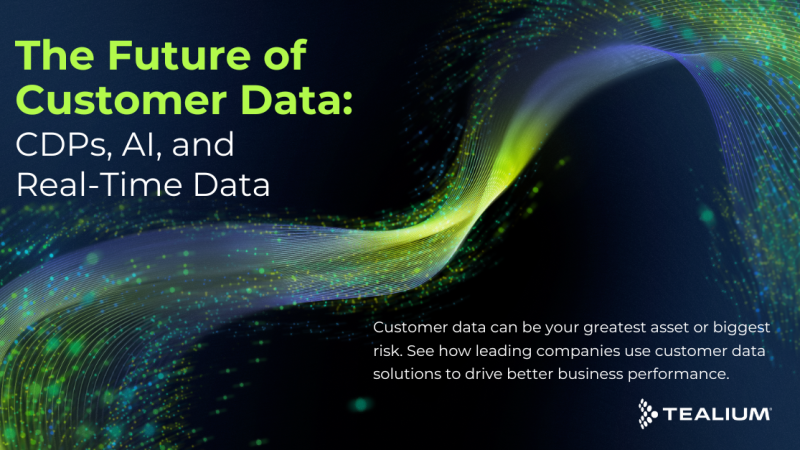Challenge
A leading pharmaceutical company set out to reimagine its consumer marketing strategy with a bold vision: deliver personalized, high-impact experiences on par with top consumer brands—enabled by modern, data-driven marketing capabilities.
The goal was to shift toward a direct-to-consumer (D2C) model that would deepen engagement across the entire health journey, providing greater value to patients and driving measurable business impact. While traditional advertising had performed well, the path forward demanded a digital-first approach—one that could unlock greater media efficiency, richer personalization, and a more connected customer experience. The opportunity: increase prescription conversions, boost fill rates, and strengthen patient support.
However, legacy infrastructure stood in the way:
- Disconnected, static consumer experiences
- Fragmented data, with no real-time activation
- Slow reporting cycles, delaying decision-making
- Limited visibility into marketing’s commercial impact
Realizing this transformation required a next-generation marketing foundation—rooted in unified data, modern tech infrastructure, a clear first-party data strategy, and agile, insight-driven execution.
Solution
To realize its vision of a D2C model that delivers deeper, more valuable engagement across the full health journey, the pharmaceutical company partnered with Credera, Tealium, and AWS to build a modern, scalable consumer engagement and analytics platform. The goal: power truly personalized, end-to-end digital experiences that drive better outcomes for both patients and the business.
The transformation began with Credera’s implementation of Tealium’s real-time customer data infrastructure—including tag management, event-level data collection, and unified customer profiles. By integrating behavioral data, CRM insights, and media performance metrics into a single platform, the company created a dynamic, 360-degree view of its consumers.
This unified data foundation allowed the company to activate more relevant, timely, and consistent digital experiences at scale. With better insight into consumer behavior and engagement, they were able to tailor content, optimize media spend, and improve adherence—delivering measurable improvements in both patient experience and business performance.
One brand’s data science team, leveraging AWS Redshift and SageMaker, layered predictive modeling on top of this behavioral data. With this, they began to generate propensity scores for each visitor, essentially forecasting what web or mobile content a patient was likely to need, or what action they were likely to take next. Based on these scores, the brand site dynamically personalized content in real-time, surfacing resources tailored to where users came from, what they searched, and what they engaged with—whether it was guidance on diet, exercise, or treatment expectations – both before and after consumers landed on the brand site.
They also overhauled their tagging and taxonomy strategy, making every piece of content on the brand site measurable. This enabled rapid experimentation, testing of new experiences, and messaging at a fraction of the previous cost and time. Tableau and Power BI dashboards, fed by clean and standardized data, finally allowed both marketers and analysts to track outcomes back to specific campaigns and content assets.
As one leader from one of the brand teams described it, the Tealium implementation helped the team move “three to four times faster.” What had once taken weeks, like identifying abandonment patterns or quantifying retargeting waste, now took just hours. And with this speed came insight, accountability, and performance lift that far exceeded expectations.
“Once we brought Tealium in, things started moving 3 to 4 times faster. We could finally see where drop-offs were happening, what content was performing, and where our dollars were leaking. That clarity changed everything.” -Director of Marketing Technology
Results
The transformation drove measurable impact across marketing performance, consumer engagement, and revenue generation:
- 30% increase in onsite engagement: more time on site, reduced bounce rate, and more return visits.
- $12M/quarter saved in retargeting overspend by identifying when ads were no longer effective.
- $90M in new personalization revenue by identifying and activating emerging consumer segments.
- $100M incremental lift in business-as-usual marketing performance.
- $400M in net-new revenue over 24 months across three major brands.
- $250M in cost avoidance and operational efficiencies, including reducing content cost, avoiding retargeting overspend. Significant metrics include:
- $160M in reduced treatment abandonment through proactive patient engagement.
- $50M+ efficiency gains in analytics and data operations, driven by a Build-Operate-Transfer model.
- 15% overall reduction in media and marketing spend—achieved in just the first year.








